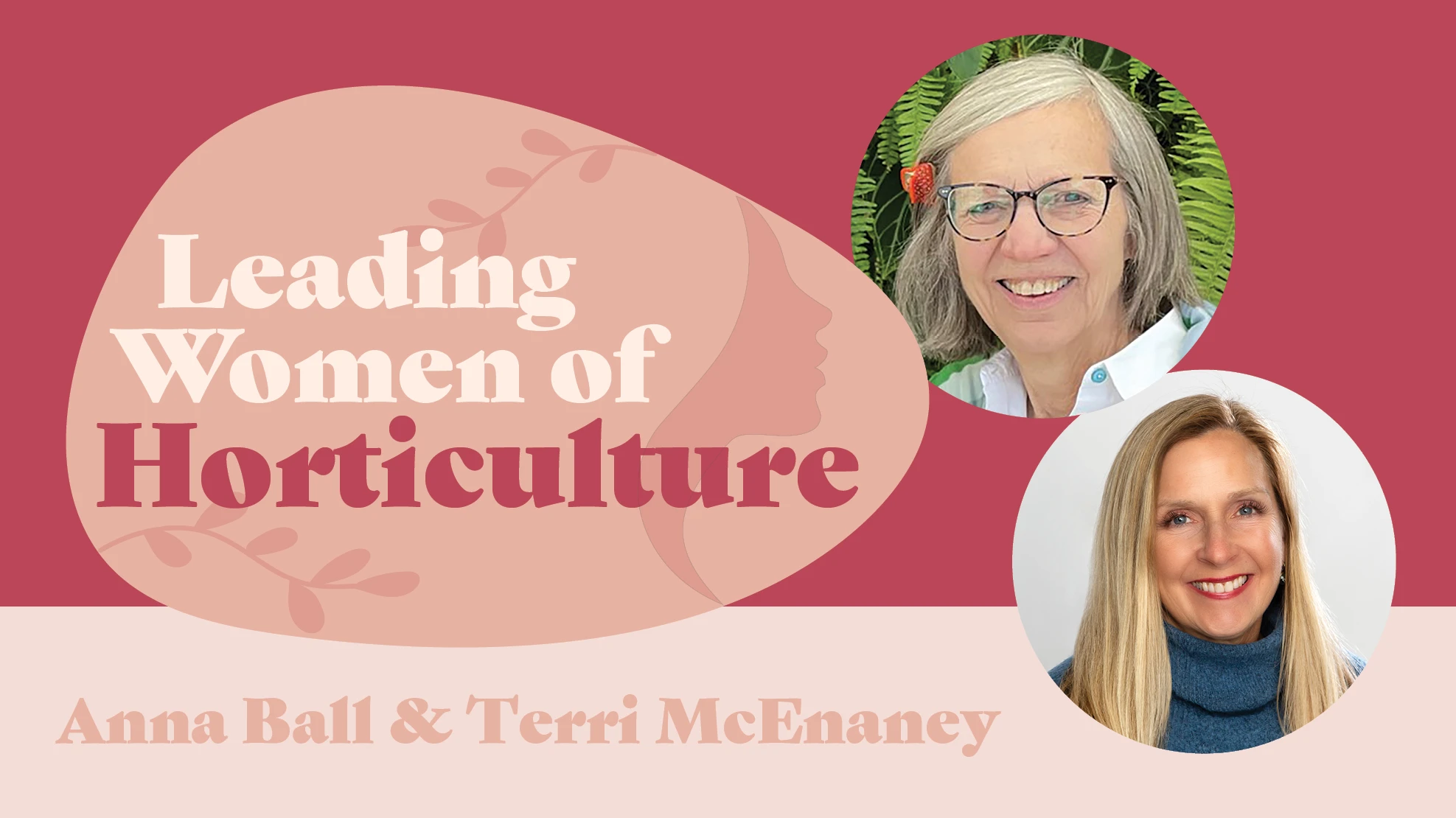
It’s hard to believe that it has been more than 20 years since MasterCard’s first “Priceless” commercial aired.
If you watched television at all during the late 1990s, you likely saw one of these ads, sentimental storylines tabulating the costs of everyday purchases, but spotlighting touching moments that happen because of those purchases that cannot be measured in dollars. The first commercial in the series featured a dad and his son at a baseball game. As they walk through the gates smiling, the cost of tickets appears on screen first, $46. Later, the price of two hot dogs, two popcorns, two sodas and even an autographed baseball are presented, totaling well over $100 for the day. But at the end, viewers see a special moment between a father and his 11-year-old son, and the new “item” flashes on screen: “Real conversation: Priceless.”
The memorable ad campaign transformed typical things people want, like a day at the ball park, into invaluable things that people need, like a meaningful father-son relationship. Though the stories were different, the conclusion was always the same: purchases can lead to moments, or “some things money can’t buy.”
The Sill’s mission statement, “Plants Make People Happy,” is reminiscent of the “Priceless” commercials. The message inadvertently communicates that we need plants in our lives because they bring us joy.
“Plants Make People Happy” is easy to understand and puts an emphasis on the value the direct-to-consumer plant brand’s products provide. The words are displayed prominently on the homepage of The Sill, which launched in 2012 online and later established two stores in Manhattan, with a focus on making its curated collection of indoor plants accessible to everyone, both in terms of price and education.
Starting on page 16, you can read more about The Sill and how the company elevates the value of its products, demonstrating the positive influence greenery can have in our lives and prioritizing plant care information so that customers are successful.
We also reached out to garden center consultant Steve Bailey, succulent specialist Groovy Plants Ranch and SummerWinds Nursery, with six garden centers in Arizona and California, for tips on how to convey extrinsic and intrinsic worth through products, presentation, knowledge and services. You can read their suggestions on page 24. Dr. Bridget Behe of Michigan State University details specific strategies for profitable plant pricing on page 30, and on page 40, we venture outside of the industry to find out how companies have garnered demand for everything from a cup of coffee to a pint of beer.
We hope this series of articles helps you re-evaluate how you price plants and communicate their worth to your customer.
Get curated news on YOUR industry.
Enter your email to receive our newsletters.
Explore the July 2018 Issue
Check out more from this issue and find your next story to read.
Latest from Garden Center
- Society of American Florists accepting entries for 2025 Marketer of the Year Contest
- Sustainabloom launches Wholesale Nickel Program to support floriculture sustainability
- American Horticultural Society welcomes five new board members
- Color Orchids acquires Floricultura Pacific, becoming largest orchid supplier in U.S.
- American Floral Endowment establishes Demaree Family Floriculture Advancement Fund
- The Growth Industry Episode 3: Across the Pond with Neville Stein
- Proven Winners offers Certified Garden Center Training for staff education
- Digging In Association hosts inaugural Platinum Trowel Awards at winter conference






